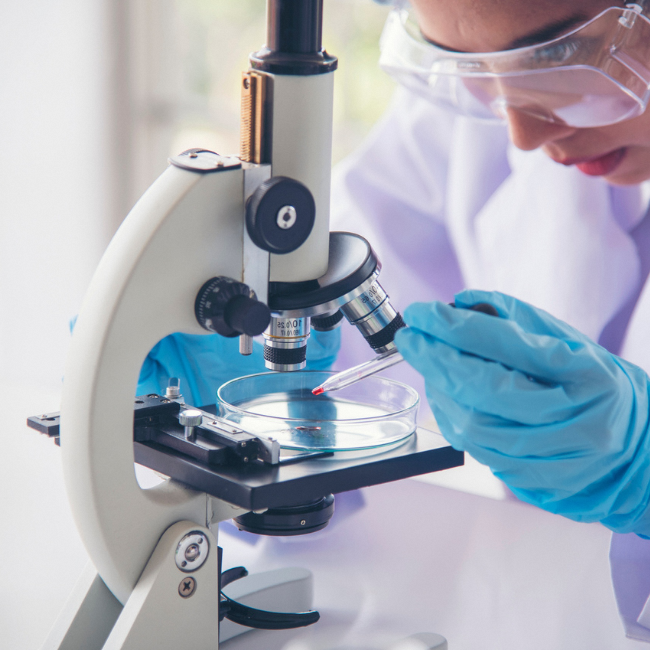


With almost 10,000 square metres of research space, NCCS houses advanced translational research facilities for scientists and clinician-scientists in Singapore.
At NCCS, clinical trials are led by a highly-trained multidisciplinary team of clinicians, researchers, nurses and support staff experienced in managing the protocol and delivery of local and international trials.
Meet our researchers, driving innovation and uncovering groundbreaking discoveries every day.
Discover our expert researchers and their groundbreaking work in cancer, from bench to bedside, at NCCS.
Explore our dynamic research programmes, actively pushing boundaries and sparking transformative solutions.
Dive into our insightful research reports, actively shaping knowledge and driving impactful discoveries.

















